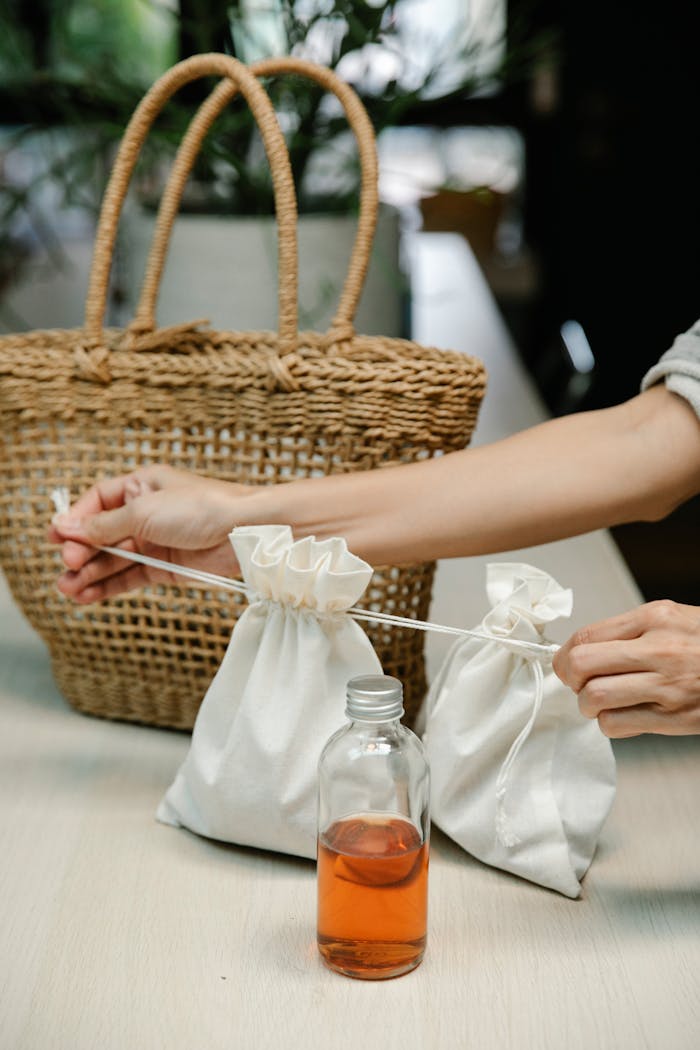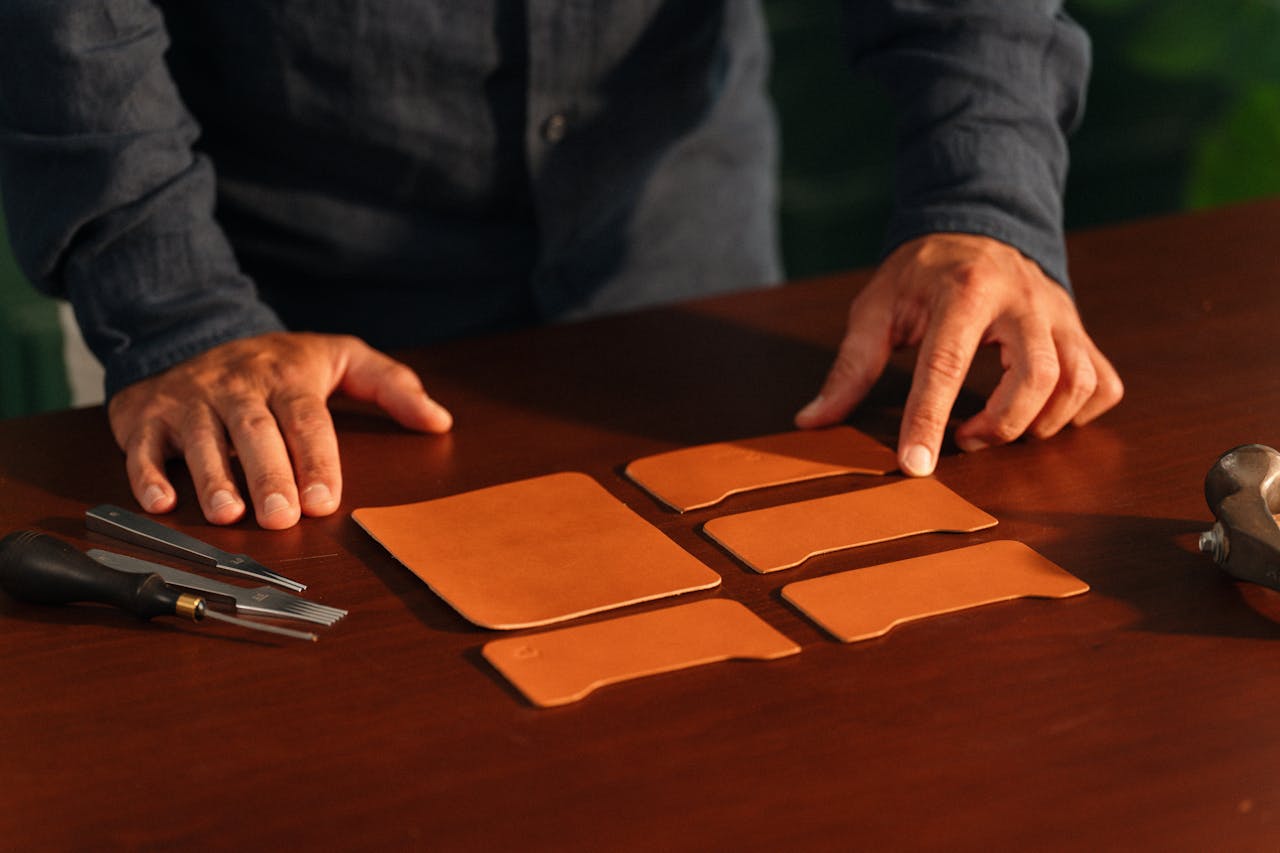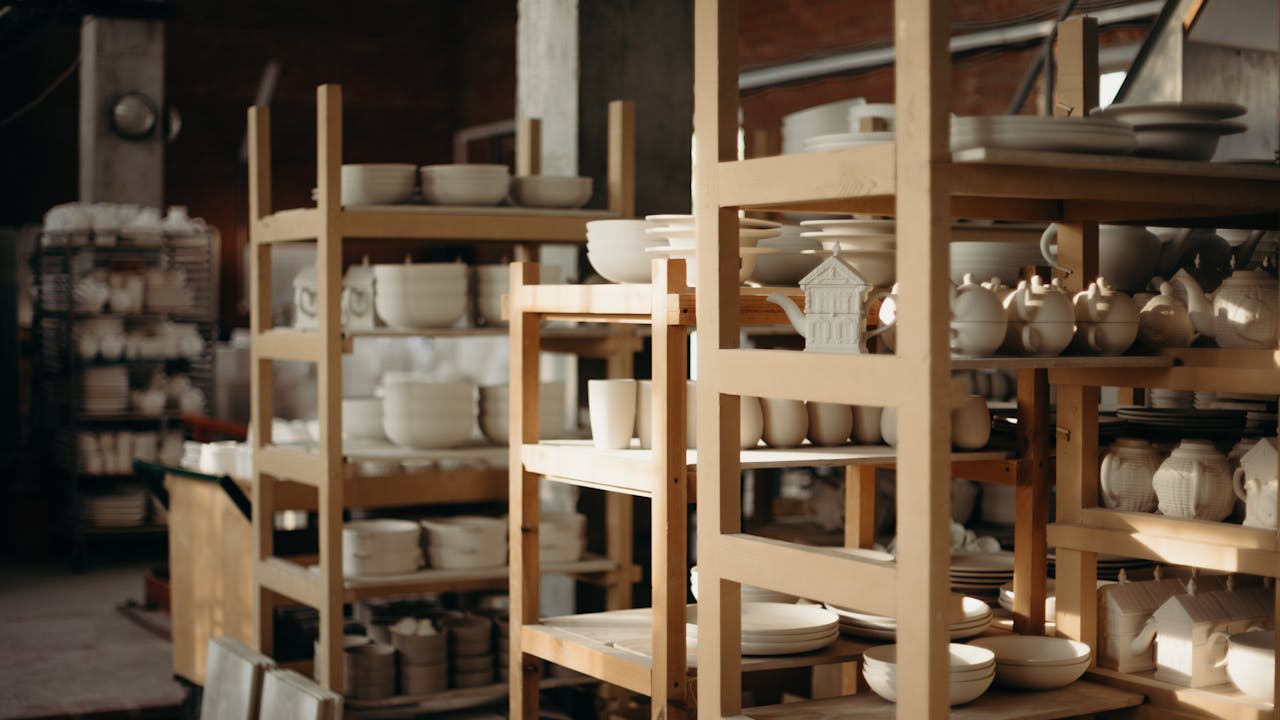*This is not a product review. It’s a human reflection. A messy one. Maybe that’s okay.*
When I First Landed on Odd and Pot
I wasn’t looking for anything specific that day. I just stumbled into it, the way you fall into a quiet street café on a rainy Seattle afternoon. The kind of click that feels like a coincidence, but probably isn’t. Odd and Pot felt less like a website and more like a small studio that had left its door open. I could almost hear the brush strokes, smell the clay, hear a kettle boiling somewhere in the back.
It’s strange how something digital can feel that physical. Maybe it’s the way they photograph their objects — unpolished, a little crooked, but honest. Maybe it’s because you can sense that everything there has been touched by a real person, with real hands, not a machine programmed to pretend to care.
That First Flicker of Emotion
I remember pausing for a second. It wasn’t the product that got me — it was the quietness. There’s a kind of silence that lives between handmade things. You can almost feel the time spent, the patience, the little mistakes hidden in the glaze. Odd and Pot seems to live in that space. Between what’s “finished” and what’s still becoming.
Understanding the Heart Behind the Project
Odd and Pot isn’t just a market; it’s a movement disguised as one. They support local artists, yes — but not just by selling things. They build community through workshops, inclusive events, and creative residencies that open doors for people who usually feel outside the “art world.”
They’re based in Seattle, but what they do stretches far beyond geography. They believe that creativity should be a shared space, not a gated one. That art belongs to everyone — the potter, the painter, the kid who doodles during math class, and the person who still feels like they’re not “good enough” to create.
Community Before Commerce
That’s what makes them different from most “creative” platforms. This isn’t about consumption; it’s about conversation. Buying something from Odd and Pot doesn’t feel like a transaction — it feels like joining a dialogue about what making really means. About why we still need to create things with our hands in a world that’s obsessed with speed.
The Beauty of Imperfection
There’s a Japanese concept called *wabi-sabi* — the art of finding beauty in imperfection. Odd and Pot feels like its digital twin. It celebrates cracks, uneven textures, faded colors, and the kind of irregularities that make something feel alive.
I saw a ceramic mug there once — slightly misshapen, uneven handle, glaze dripped in an unplanned way. It reminded me of a friend who laughs too loud or a song that’s a little offbeat but somehow stays with you. I bought it, and now I use it every morning. The handle fits my hand differently each day, and maybe that’s why I like it so much.
Objects That Hold Emotion
Every handmade object carries a story — not just of its maker, but of its owner too. A pot isn’t just clay; it’s the fingerprint of someone’s patience. A painting isn’t just pigment; it’s a frozen moment of uncertainty and courage. Odd and Pot curates not perfection, but presence. You can feel it through their pages.
Workshops, Events, and Creative Exchange
Their workshops are what truly make the heart of the platform beat. They host sessions where artists and beginners share space — clay workshops, painting circles, storytelling nights. Some are free, some donation-based. And every time, there’s this energy of shared vulnerability — people creating not to sell, but to connect.
I attended one virtually last year. It was messy. People’s pets showed up. Someone’s internet dropped. But by the end, everyone had made something. Small things. Quiet things. And somehow that smallness felt… enough.
Art as Healing — The Personal Side
There’s a tenderness in the way Odd and Pot treats art. It’s not about being “good at it.” It’s about expression. Healing. Slowing down. A kind of therapy that doesn’t need diagnosis. I’ve struggled with burnout before — deadlines, algorithms, expectations. Then one night, I joined one of their mindfulness drawing sessions. For the first time in months, my brain stopped spinning. I drew circles for forty minutes. Circles and breathing. That was enough.
Small Acts of Care
It sounds silly, but making something — even a crooked bowl — can shift the way you see your day. Odd and Pot doesn’t sell products; they sell possibility. They whisper that creation is not reserved for artists. It’s a right. A human instinct. A language older than words.
Inclusivity and Representation
One thing I admire most: they don’t just showcase the same names over and over. The platform actively uplifts underrepresented voices — queer creators, artists of color, people with disabilities. It’s not tokenism. It feels like an honest, continuous effort to open the table wider. Because art grows best when everyone’s invited.
There’s a section on their site where they highlight artist stories. If you have time, please read them. (Artist Features) They’re raw, personal, sometimes even uncomfortable. But that’s what makes them worth reading.
The Tension Between Commerce and Care
Let’s be honest. Every creative community that grows eventually faces this tension: how to stay authentic while surviving financially. Odd and Pot isn’t immune to that. They still have to pay bills, host servers, keep lights on. But they seem to navigate this with a kind of humility — balancing art and sustainability without selling their soul to algorithms.
They partner with local businesses and ethical brands that share their values, rather than just big sponsors with big wallets. It’s a slow way to grow, but it feels right. It’s like tending a garden instead of building a factory.
The Future of Handmade Culture
We’re living in a strange time — AI art, fast design, drop shipping, and mass aesthetic fatigue. And yet, in the middle of it, small movements like Odd and Pot remind us that authenticity still matters. That maybe the future isn’t “faster” or “cheaper,” but “truer.”
Reflections From a Visitor
Sometimes I scroll through their site just to breathe. No agenda, no cart. Just to remind myself what sincerity looks like in pixels. It’s like walking into a market on a Sunday morning — you might not buy anything, but you’ll leave a little lighter.
They post small essays on their blog, sometimes about community art, sometimes about impermanence. They’re not polished PR pieces. They’re stories written by people who care more about meaning than metrics. I like that a lot.
Criticism, Because Honesty Matters
It’s not perfect. Sometimes the navigation feels clunky. Some product photos load slowly. Occasionally, I wish there were more information about the artist’s process — the “how” behind the magic. But maybe that’s also part of the charm. You don’t get everything all at once. You have to reach out, ask, connect. Like real life.
And yes, it’s still small. Some items sell out fast. Some workshops get canceled. That’s the cost of sincerity in a world of mass production. It’s fragile — but maybe fragility is what keeps it honest.
Odd and Pot as a Metaphor
I started realizing something: Odd and Pot isn’t just a platform. It’s a metaphor. “Odd” for the people who never quite fit in. “Pot” for the vessel that holds them together. Together, they form a container for creative misfits — a home for stories that might otherwise go unheard.
It made me rethink my relationship with art. I used to see it as something external — something to admire. Now I see it as something to join. To add to. To contribute, even if my lines are shaky and my colors bleed outside the edges.
What I Learned After Months of Following Them
- Community doesn’t have to be loud to be strong.
- Small actions matter more than grand gestures.
- Imperfection isn’t a flaw — it’s an invitation.
- Support doesn’t always mean buying — sometimes it’s showing up, sharing, listening.
Odd and Pot taught me that art is less about output and more about belonging. About making space for each other’s weirdness. About slowing down enough to notice the fingerprints in the clay before it dries.
Links and Inspirations
If you want to explore similar movements, here are a few thoughtful reads (all external links open safely):
- Etsy’s 2024 Impact Report — on how small makers sustain big change.
- Creative Growth — an art center empowering artists with disabilities.
- UNESCO Intangible Cultural Heritage — preserving traditional craft knowledge globally.
Closing Thoughts — The Quiet Revolution
Sometimes revolutions don’t start with protests or loud slogans. Sometimes they start with clay. With someone believing that what they make with their hands still matters. With a small website in Seattle saying, “Come in. Stay awhile.”
Odd and Pot is that revolution — small, human, persistent. It’s the sound of a brush rinsing in a jar. The smell of sawdust. The sight of someone finally calling themselves an artist for the first time. And maybe, the hope that we can build a softer world — one handmade thing at a time.


